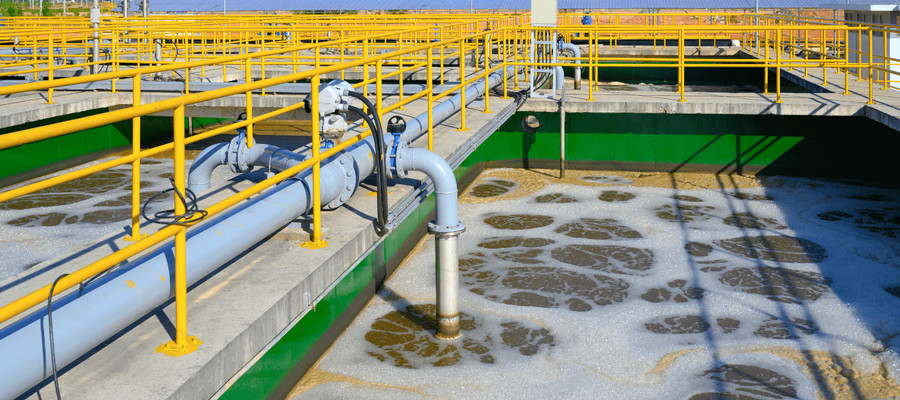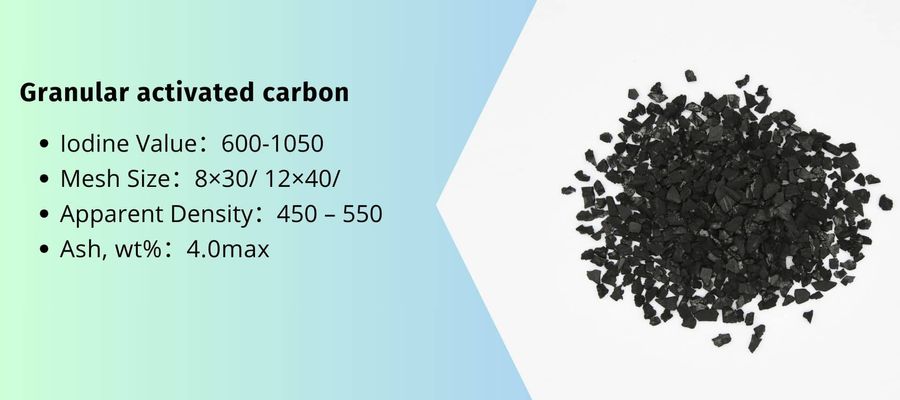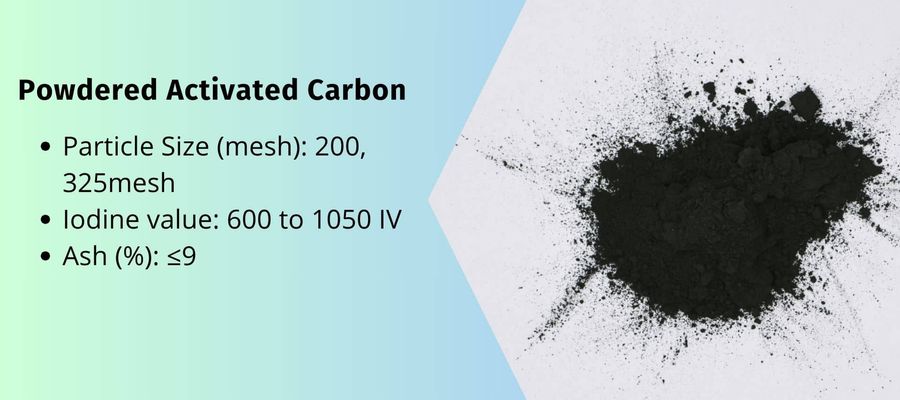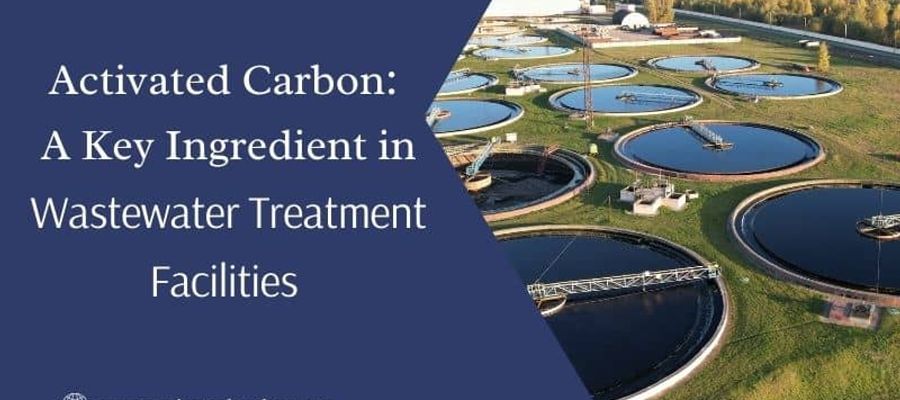With rapid industrialization and urbanization, wastewater treatment has become an important issue in environmental protection. Water treatment plants worldwide are faced with the challenge of removing a wide range of contaminants to ensure safe water quality and compliance with discharge standards.
Activated carbon is an efficient and cost-effective solution for wastewater treatment. Its excellent adsorption properties and versatility make it an essential component of the wastewater treatment process.
This article will describe the role of activated carbon in wastewater treatment and the types of activated carbon that are suitable.
What is wastewater and hazards
Wastewater, as an unavoidable by-product of life, is diverse and far-reaching, and requires us to understand and adopt diverse treatment methods to purify and protect the environment and to realize the sustainable use of resources.

Types of wastewater
- Industrial wastewater: the wastewater produced by chemical plants and petrochemical enterprises has a complex composition, containing organic substances , heavy metals (such as lead, cadmium, mercury, etc.), inorganic salts (such as chlorides, sulfates, etc.), as well as acid and alkaline substances, and the toxicity of these pollutants is strong and difficult to be degraded, which makes it difficult to treat them.
- Domestic wastewater: Domestic wastewater originates from the daily activities of the population, such as kitchen, bathroom and laundry, and its main constituents include organic matter, suspended solids, nutrients, pathogenic micro-organisms, oils and fats, detergents and dissolved inorganic substances, which usually need to be collected and centrally treated.
- Groundwater contaminated wastewater: mainly from clarified wastewater, filtered wastewater, oxidized wastewater, disinfected wastewater and neutralized wastewater, all from different stages of water treatment, and the main pollutants include colloid, microorganisms, color, odourous substances, chlorine residues and disinfection by-products.
Hazards
Wastewater contains large quantities of organic pollutants, heavy metals, pigments, drug residues and toxic and hazardous substances, which can contaminate water resources, disrupt the ecological balance, jeopardize human health, affect agricultural and fisheries production, and cause public health problems. Untreated wastewater discharges can also lead to soil degradation, biodiversity decline and long-term environmental damage.
Activated carbon used for wastewater treatment
Activated carbon adsorption is an efficient and common water treatment technique used mainly for the removal of organics, pigments, heavy metals and odorous substances from water. The activated carbon is recovered and pollutants are treated through a counter-current elution and regeneration process. Not only can it effectively improve water quality, but also remove pollutants while reducing secondary pollution to the environment, it is a widely used method in water treatment engineering.
Advantages of activated carbon for wastewater treatment
- High specific surface area and pore structure
- Low cost
- Renewable
- Easy to operate
Types of activated carbon for wastewater treatment
Granular and Powdered activated carbon removes organic chemicals from wastewater and reduces toxicity to ensure safe discharge to surface water. It is very effective in removing malodors and treating soluble organic chemicals, endocrine disruptors and other emerging pollutants of concern.
Granular activated carbon(GAC)

Granular activated carbon (GAC) is one of the indispensable materials in wastewater treatment due to its excellent adsorption properties.
Commonly used activated carbon is 8-30 mesh and 12-40 mesh coal granular activated carbon, which can effectively remove various pollutants, thus improving water quality and ensuring safe discharge.
Features and advantages of our granular activated carbon
- High adsorption efficiency
- Large capacity
- Low floatation rate
- High mechanical strength, high wear resistance
- Long service life
Powdered activated carbon(PAC)

The powder form of PAC provides a large specific surface area that allows it to more fully engage with contaminants in the wastewater, thereby increasing adsorption efficiency. Commonly used activated carbon is 200-325 mesh
Powdered activated carbon Features and Benefits
- High activity
- Good settling properties
- Adsorption of a wide range of organic matter
- High abrasiveness
Conclusion
Activated carbon is widely recognized and utilized in various wastewater treatment scenarios due to its excellent adsorption capacity, effectively removing organics, heavy metals, pigments, and odor substances from wastewater, thereby enhancing treatment efficiency, improving water quality, and contributing to the protection of water resources and environmental health.
Qizhong is a manufacturer of activated carbon with over 20 years of experience and is now the leading supplier of a wide range of high quality activated carbon on the market.
